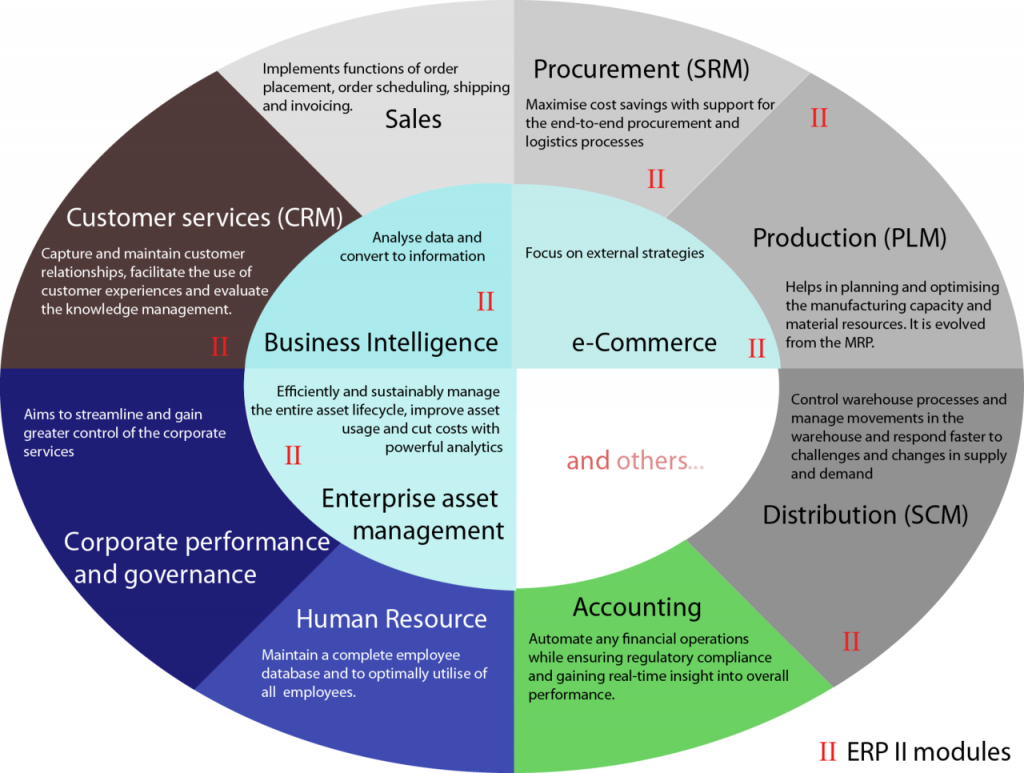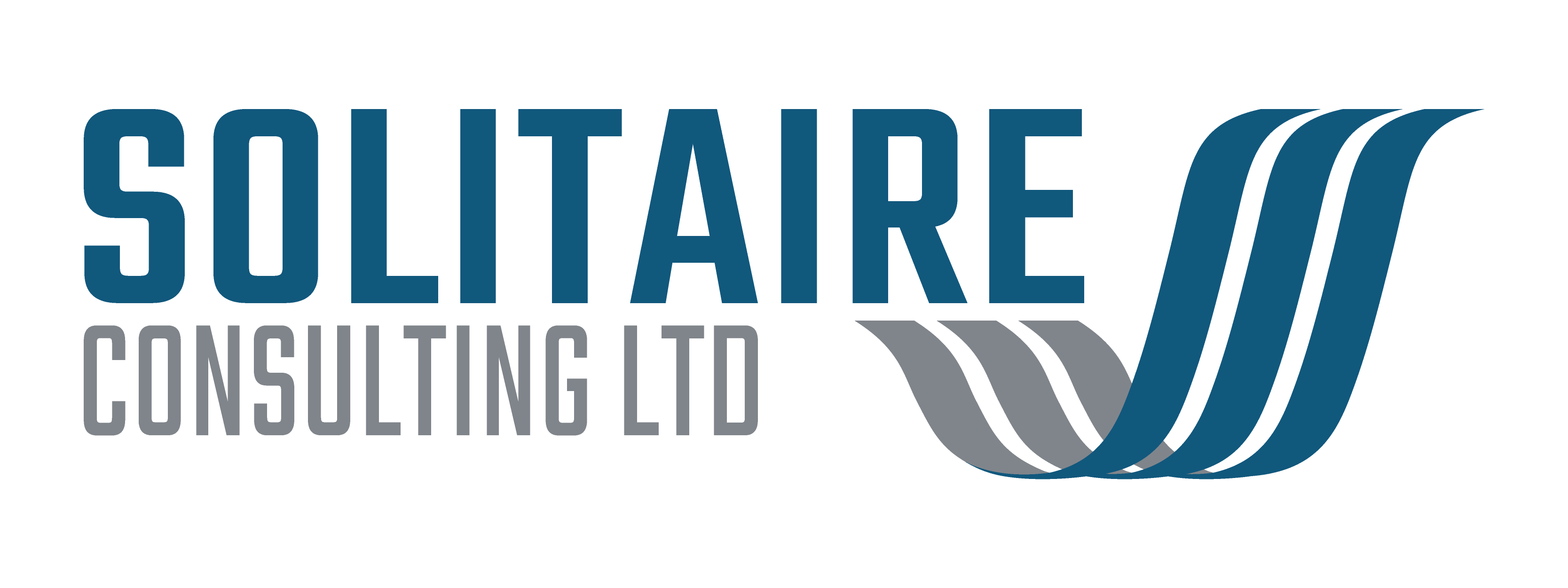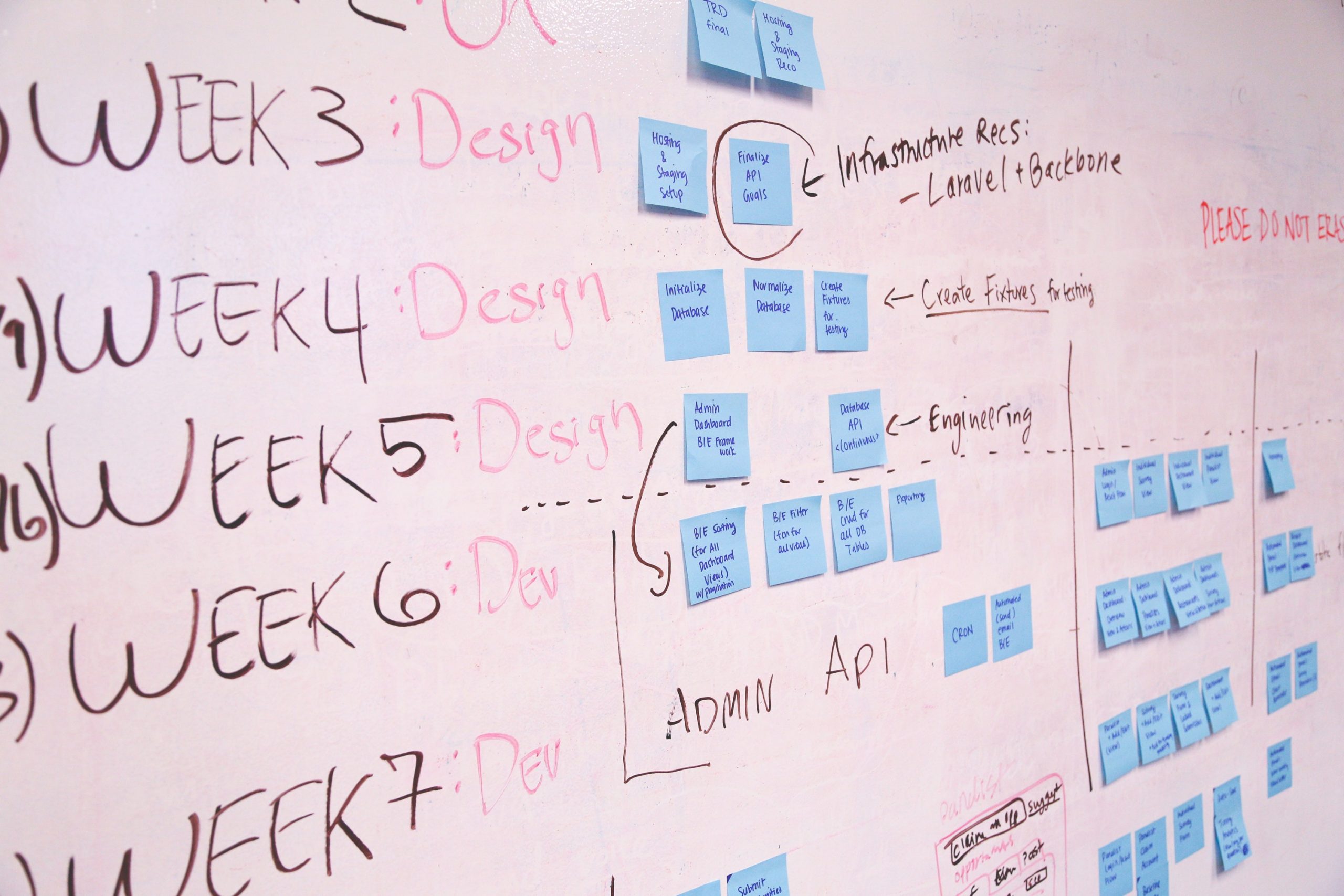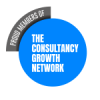Enterprise Resource Planning (ERP) is a term used to describe software systems that an organization can use to collect, store, manage, and interpret data from across all or many of its business activities.
I first came across ERP over 20 years ago when working for Government (I was Programme Manager for the States of Jersey implementation of JD Edwards OneWorld ERP system between 2001 and 2004). Until recently I hadn’t heard the term used in financial services. However, I am now increasingly coming across ERP with my current clients. This has prompted me to look into the subject in more detail, hence the reason for this blog.
ERP usually refers to large, single database, integrated systems, that are costly and time consuming to implement and run. In todays mobile app driven world of agile software development, has the ERP system seen better days?
The short answer is “No”.
In this article I will explain why and, as usual for my blog, will use examples in the Trust and Corporate Services sector. However, much of what I describe can be related to other sectors of the economy too.
But first a bit of history. Where did the term ERP come from and what has changed over the years?
The origins of ERP in manufacturing
Gartner first used the acronym ERP to describe computer integrated manufacturing systems in the 1990s. ERP vendors like SAP and Oracle expanded their offerings to encompass finance, accounting, maintenance and human resources components. By the mid-1990s ERP addressed all core enterprise functions and was being used by governments, non-profit organisations as well as larger commercial businesses outside manufacturing.
A lot of the growth in ERP came as a result of the year 2000 problem. ‘Y2K’ was used as the opportunity to replace many legacy systems with ERP.
The second phase of ERP development came later in the 2000s with the introduction of web-based applications. This allowed ERP software to expand beyond the confines of the back office. These so-called ERP II systems were typically used to enable collaborative initiatives such as supply chain management (SCM), customer relationship management (CRM), and business intelligence (BI) through the use of various e-business technologies.

Functional areas of ERP
An ERP system typically covers the following common functional areas. Usually each one will be a separate ERP module:
- Financial accounting: general ledger, fixed assets, accounts payable, accounts receivable, cash management, financial consolidation
- Management accounting: budgeting, costing, cost management, activity based costing
- Human resources: recruiting, training, rostering, payroll, benefits, retirement and pension plans, diversity management, retirement, separation
- Manufacturing: engineering, bill of materials, work orders, scheduling, capacity, workflow management, quality control, manufacturing process, manufacturing projects, manufacturing flow, product life cycle management
- Order processing: order to cash, order entry, credit checking, pricing, available to promise, inventory, shipping, sales analysis and reporting, sales commissioning
- Supply chain management: supply chain planning, supplier scheduling, product configurator, order to cash, purchasing, inventory, claim processing, warehousing (receiving, putaway, picking and packing)
- Project management: project planning, resource planning, project costing, work breakdown structure, billing, time and expense, performance units, activity management
- Customer relationship management (CRM): sales and marketing, commissions, service, customer contact, call center support
- Data services: various “self–service” interfaces for customers, suppliers and/or employees
ERP for Trust and Corporate Services
When it comes to the world of trust administration and corporate services, ERP systems generally cover three broad areas of business functionality:
- Practice Management: general ledger, fixed assets, purchase & sales ledgers, management reporting, consolidation, time recording and billing.
- Client / Entity Management: statutory data, CRM, KYC, client reporting including statutory and regulatory.
- Client Accounting: general ledger, fixed assets, investment accounting in separate ledgers for each client, financial statement production.
In addition the ERP is likely to include a number of data services to integrate with upstream and downstream systems, document management and a client web portal.
There are many systems available that include some of this functionality but there are very few true ERP systems that can be used to power all the business processes of a large multi-jurisdictional trust or corporate services business.
TrustQuay is the leading vendor in this space with its 5Series and NavOne systems. NavOne particularly, ticks all the ERP boxes partly because it is built on top of one of Microsoft’s ERP systems; Microsoft Dynamics 365 Business Central – a mid-tier ERP, described as “The ERP system to run your whole business from anywhere“.
Whilst Viewpoint is not as large a company as TrustQuay, its single product is arguably used by more users globally than any from TrustQuay. Viewpoint can also be described as an ERP but at the higher end the global providers using Viewpoint will usually only deploy it for part of their business, integrating it with other business management solutions to achieve the full range of functionality across the business.
Other trust and corporate services system providers like Acusoft, FlyingBoat, and thewealthworks are all offering ERP-like solutions with their products. However, they struggle to get the same reach as TrustQuay and Viewpoint due to limited resources and the ever increasing rate of change of customer requirements and regulatory demands.

What went wrong with ERP?
The complexity of these single application systems often gave them a bad name. The implementation of monolithic database systems takes too long for the short planning cycles of many businesses. Couple this with increasing customer demand and the rapid changes in technology and we can see why many ERP implementations were out of date before they went live.
For more information see this article from CIO.com “16 famous ERP disasters, dustups and disappointments“
The other problem with large single application systems is the effort in keeping them up to date. Even a small functionality enhancement can have large implications which require significant business effort to do regression testing. Add in integrations with other up and down stream systems and you end up with a major IT project with every upgrade.
Most ERP vendors have now adopted agile development methodologies, which allows them to release new versions every couple of months. With less time between iterations of the product, each release contains only modest changes in functionality. In theory this means less testing. However, the reality is most organizations with a few interfaces just can’t afford the time to regression test all elements – nor can they afford to invest in automated testing. This means they still only upgrade once or twice a year, or take a risk based approach and only test critical functions.
The postmodern ERP system
To resolve these issues ERP is changing. Gartner has created a new term called ‘Postmodern ERP‘ to describe the changes in how companies implement and use ERP software. Postmodern ERP is generally defined as a situation where companies abandon the traditional practice of using single, monolithic ERP platforms for all business processes and instead adopt a collection of individual standalone programs around a central core. Experts describe this as a “loosely coupled decentralization” of traditional ERP suite systems.
The ERP vendors themselves are adapting to this change. The vendors and their customer base have collectively invested significant sums in developing and implementing their core software systems. Generally the core databases that sit behind these software suites are sophisticated and stable, housing significant volumes of important customer data. Rather than start again, ERP vendors are increasingly adopting the strategy of working with eco-system partners to tightly integrate their core systems with niche best of breed systems.
This approach means that a customer can pick and choose which eco-system software they need. Each system can usually be implemented and upgraded separately. This de-risks a lot of the ownership issues surrounding single system ERP solutions.
Again, using the example of TrustQuay they are developing this approach for both their 5Series and NavOne products. Eco-system partners like GBG (identity management), PwC (economic substance and IFRS financial reporting), Laserfiche (document management) and Cygnetise (blockchain signature management) are working with TrustQuay to integrate their solutions into the core ERP. As a multi-product vendor this approach also allows them to bring the same functionality to multiple products without having to develop separately for each one.
This postmodern approach to ERP ensures that ERP solutions remain as relevant today as they were in the 1990s when they first came into existence.
Solitaire Consulting, along with its associates and partners have extensive experience of advising clients on their ERP strategies, implementing ERP and migrating from legacy systems. If you would like advice, or just an informal chat about your ERP strategy, then we’d love to hear from you. Please leave a comment or click ‘Get in touch’ above.






One Response
I like that you said how there are several systems that offer some of this capability, but there are surprisingly few real ERP systems that can be used to drive all the business operations of a sizable, multi-jurisdictional trust or corporate services company. I wasn’t very tech-savvy, but after reading your post, I think this is a useful program that plenty of people may utilize in the years to come. It combines an API factory and an RPA engine into a single platform that businesses may use to address demands in a variety of situations. I appreciate your essay about JD Edwards ERP Solutions.